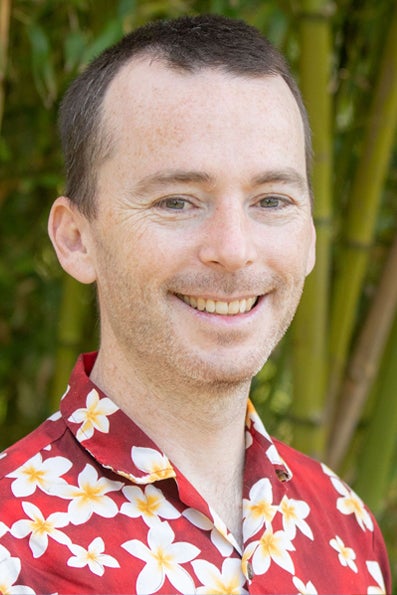Career path
I am an Associate professor at the Vrije Universiteit of Amsterdam and staff member at the Gravitational-wave group at Nikhef. My undergraduate degree and PhD were completed at the Australian National University, culminating in 2011. I spent 3 years at the Albert-Einstein-Institute in Hannover developing a suspended prototype interferometer before joining the University of Birmingham as a faculty member in 2015. In 2020 I received an ERC Consolidator grant and moved to the Netherlands to conduct the research at the VU and Nikhef.
Research interests
I am an instrumentalist. Gravitational-wave detectors sit at the forefront of precision instrumentation, and their operation presents a multitude of unique challenges. My main research focus is inertial sensing and seismic isolation. In particular, there are great opportunities in the application of laser-interferometers and novel materials that can reduce residual motion by more than a factor of 10 – like noise-cancelling headphones for seismic vibrations. If we realise such an isolation system it can become the baseline for the future Einstein Telescope, and may be fitted as an upgrade to the existing LIGO and Virgo detectors. Real gravitational-wave detectors have a multitude of different couplings between vibration and their main science measurements. It is my second major activity is modelling and understanding these noise couplings to help design the Einstein Telescope in a way that maximises our astrophysical reach.
Research track record
A list of my publications can be obtained from my Google Scholar profile. Through a combination of R&D for future upgrades and direct commissioning efforts on-site, I have earned authorship on many gravitational-wave observation and instrumentation papers. My first contributions to the LIGO Scientific Collaboration were as an undergraduate prototyping novel interferometric sensing schemes and characterizing an optical spring. During my grad-student years I worked on many different aspects of detectors including the measurement of suspension thermal noise and the suppression of quantum noise. I briefly contributed to the Grace Follow-on mission developing an inter-satellite laser interferometer link.
Teaching, Supervision, and Management
One of the hidden truths of academia is that becoming a scientist is an apprenticeship. Mentoring and training of students is one of my core duties, and also one of the most rewarding. A substantial fraction of my research time each week is devoted working with my graduate students. Undergraduate teaching is an area of university life that is in a state of flux as universities become more professional, with a greater focus on ensuring quality teaching. I have earned membership as a Fellow in the UK Higher Education Academy, with a focus on evidence-based reflective teaching. In my own classes I attempt to ensure engagement with the students, problem solving in class time, and encouraging peer instruction. I am a division chair of the Einstein Telescope instrument science board and I have numerous active international collaborations at the laboratory scale.
